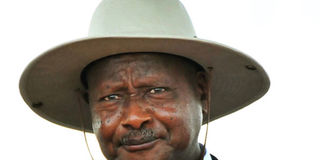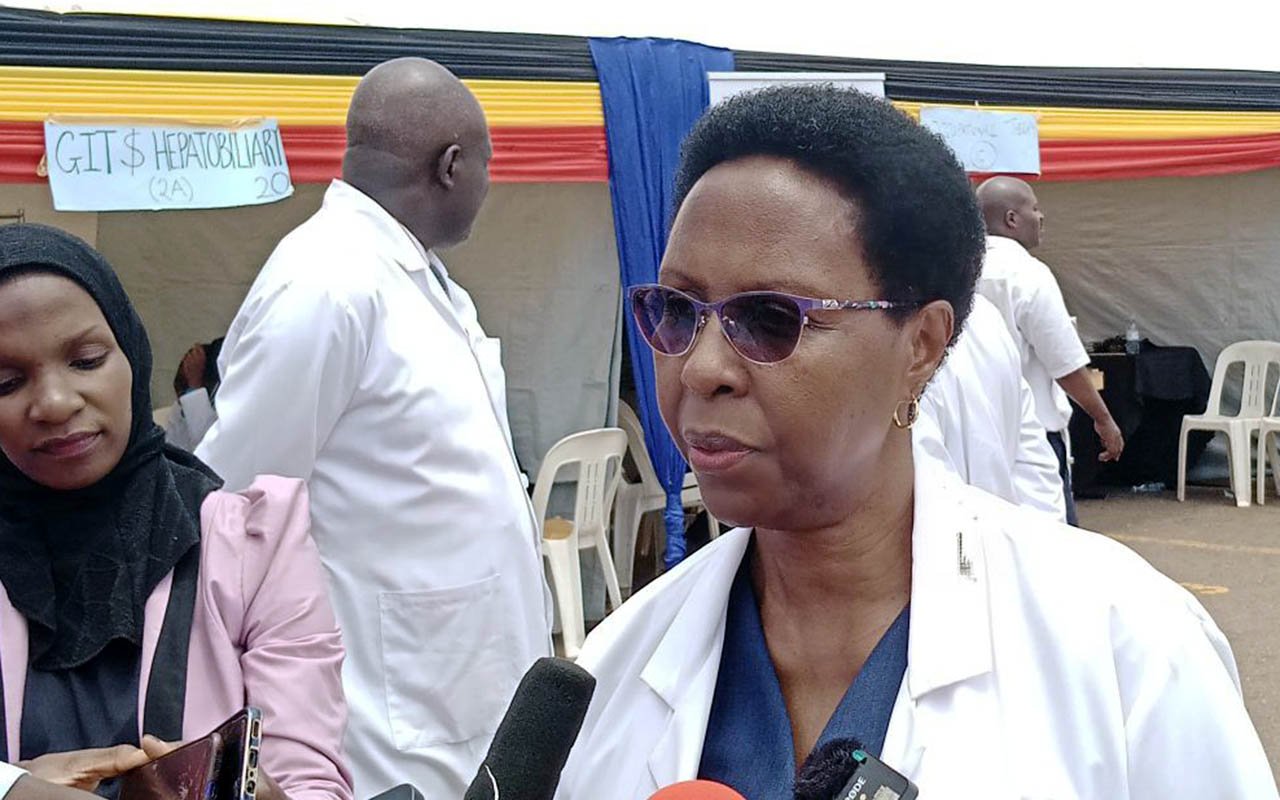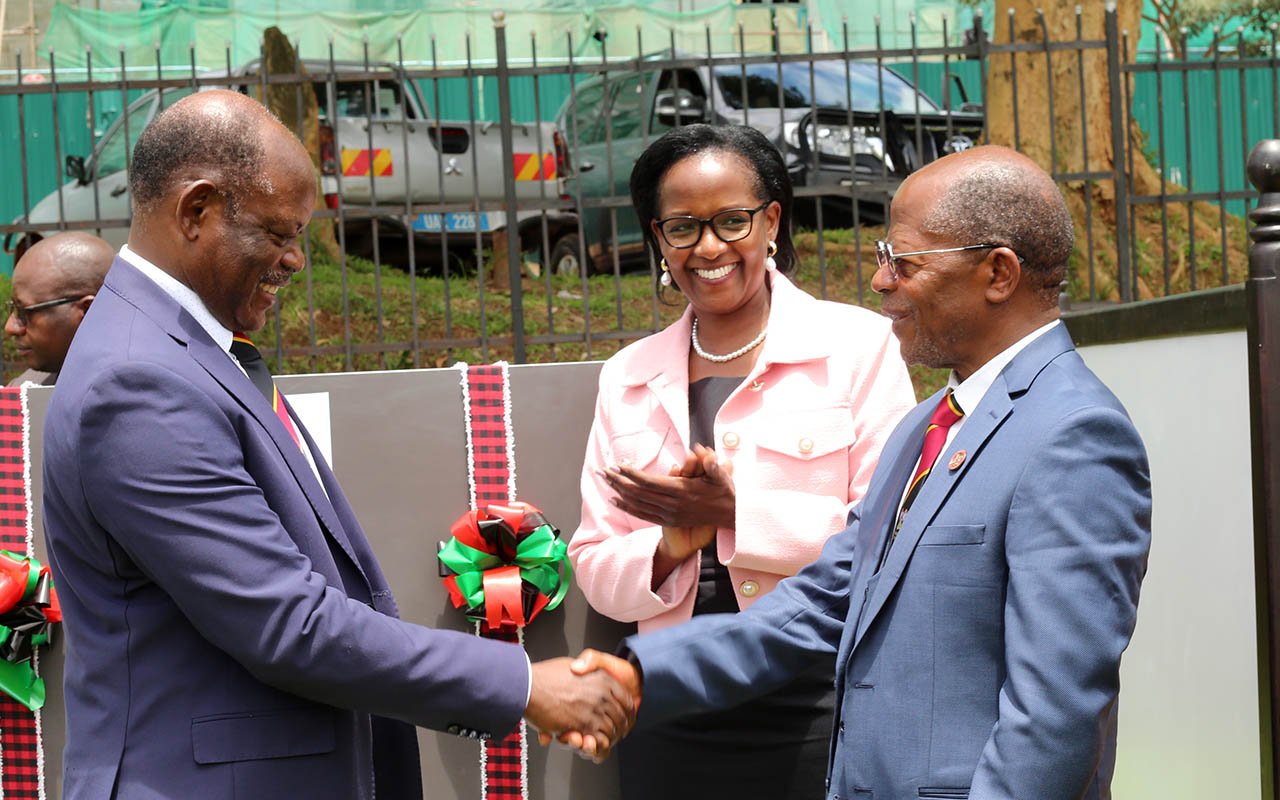The ‘new 10-point’ agenda

President Museveni outlined a new 10-point programme on Tuesday. The first one was issued on January 26, 1986.
Speaking at the Golden Jubilee celebrations in Kololo on Tuesday, President Museveni, in 26 minutes, outlined a new 10-point programme, which he says will turn Uganda into a first world country in the next 50 years. We review the promises-and as we note-it will need more than just pronouncements for these plans to turn into realities.
Uganda’s many devt plans
The new 10-point plan unveiled on Tuesday is one of several development strategies that President Museveni says will potentially get Ugandans out of poverty and lead to economic growth.
It is the latest in government’s several strategies put in place mostly in the last decade. Others include the Poverty Eradication Action Plan (PEAP), Plan for Modernisation of Agriculture, National Agricultural Advisory Services (Naads), the National Development Plan and Vision 2040.
But experts now say Uganda has so many development plans which it is having trouble implementing effectively.
Dr Bernard Mugisha Tayebwa, an economist and development consultant said the National Development Plan, for instance, which replaced the PEAP can help transform Uganda into a middle income only if it is in line with the national budget.
“All of what is contained in the NDP has to be harmonised and reflected in the national budget. If this is not done then it renders the plan useless,” Dr Tayebwa said.
He says most of the NDP focus is on the public and private sector partnership without paying much attention to the cooperative sector where majority of Ugandans belong.
“Most of the people are not part of the private sector but the cooperative sector. They need to be included in these plans,” said Dr Tayebwa.
Inside the National Development Plan
Even with the discovery of oil in mind, the architects of the National Development Plan (NDP) set an ambitious target for government to transform Uganda from a peasant to a modern and prosperous country within a period of 30 years.
However, the 30-year- target appears to negate President Museveni’s golden jubilee pledge to the nation, in which the NRM leader said overcoming what he called 10 key “bottlenecks” would make Uganda leap into the middle-income category within a “few years”, and gain a first-world status within 50 years. The plan (2010-2015) which was launched by President Museveni on April 19, 2010 seeks among others to unlock the country’s development potential.
The plan replaced the Poverty Eradication Action Plan (PEAP). The PEAP guided the formulation of government policy between1997-2007.
This blueprint sets out in detail the key measures that the government needs to take in order to put public finances to order. It identifies the areas of economic activity which would provide growth and employment to stir economic development. It specifies the reforms the government must implement for the country to takeoff.
The NDP covers the fiscal period between 2010/11 to 2014/15 and stipulates the country’s medium term strategic direction, development priorities and implementation strategies.
2010 NDP plan
• Physical infrastructure development mainly in energy, railway, waterways and air transport.
•Human resource development in areas of education, skills development, health, water and sanitation.
•Facilitating availability and access to critical production inputs especially in agriculture and industry.
• National Defence and Security is a prerequisite for sustainable socio-economic development, stability and national unity
Abandoned PEAP vision
• Economic Management
• Production, competitiveness and incomes
• Security, conflict-resolution and disaster-management
• Good governance
• Human Development
==========================================
IDEOLOGY
Fighting ideological disorientation is first in the new plan. Whereas the President is keen on issues like Pan Africanism some critics argue that the NRM has no concrete ideological grounding to be propagated.
INFRASTRUCTURE
The President rarely makes a speech without mentioning this - and rightly so - but he needs to do more to cut through the red tape and incompetence on the railway, pipeline, roads and Karuma power dam.
VALUE ADDITION
Lawrence Bategeka of the Economic Policy Research Centre says this is a key to unlocking jobs but it will take a lot more than words -- and some strategic funding -- to add value to what we produce.
AGRICULTURE
NAADS, PMA and many other fancy programmes have failed to put tractors in the field and significantly raise yields. Time for less talk, more fertiliser and more market-oriented production.
GOVERNANCE
The country is no longer at war but that does not mean the presence of stability. Constitutionalism remains vulnerable and the rule of law is often replaced with the rule by law. Can a regime reform this in its third decade?
SERVICE SECTOR
Rwanda, with little flora and fauna but plenty of smart marketing, has shown how tourism can help pay the bills. Uganda, which is gifted by nature, can learn a few lessons here and in other service sectors.
REGIONAL MARKETS
South Sudan shows how the region can provide opportunity for local producers but low productivity and lack of value-addition mean a lot of value is exported raw or not exported at all.
SECTARIANISM
Part of the original 10-point programme, this vice has now been renamed “ideological disorientation” in the new plan. A mere change of name, or a fundamental change? Only time will tell but don’t count on it.
EDUCATION
Did not feature in the original plan but free primary and secondary education has given the government bragging rights. However, while it scores an ‘A’ on quantity, it is a dismal ‘F’ on quality, despite throwing money at it.
PRIVATE SECTOR
After its early Marxist leanings, the NRM government is now ultra-capitalist but infrastructure remains poor and cost of doing business high. The coming oil industry will either speed up reforms or kill innovation.
Compiled by Ismail Ladu, Eriasa Mukiibi & Agatha Ayebazibwe



